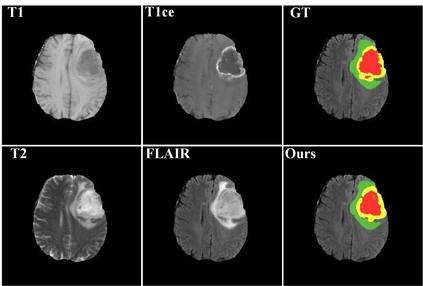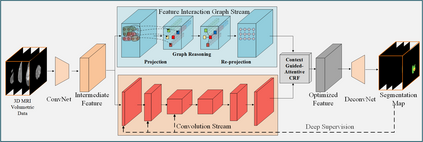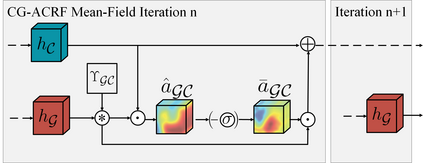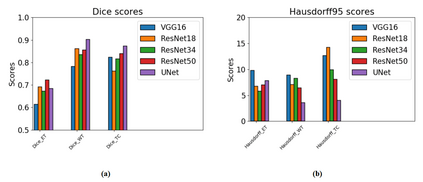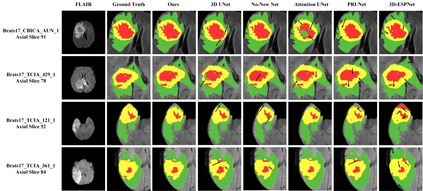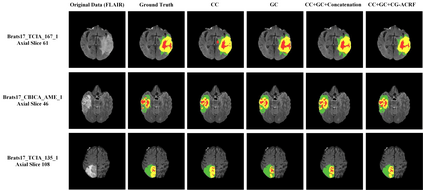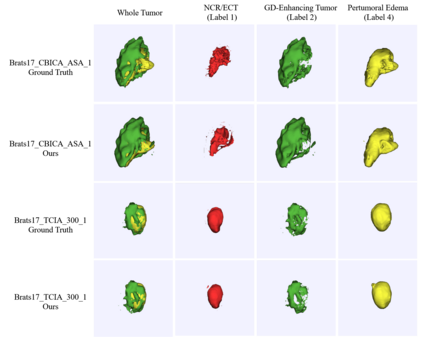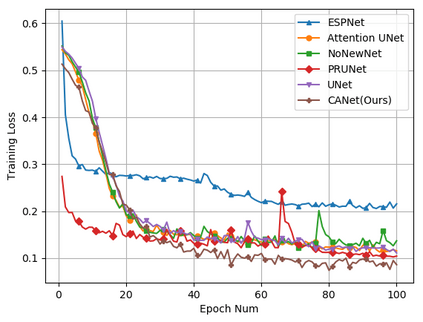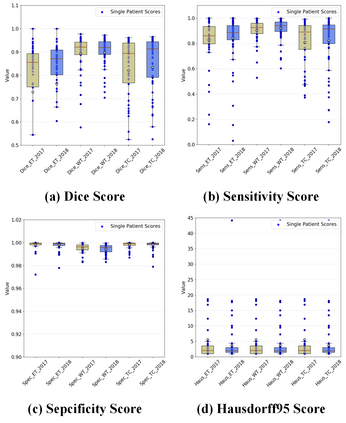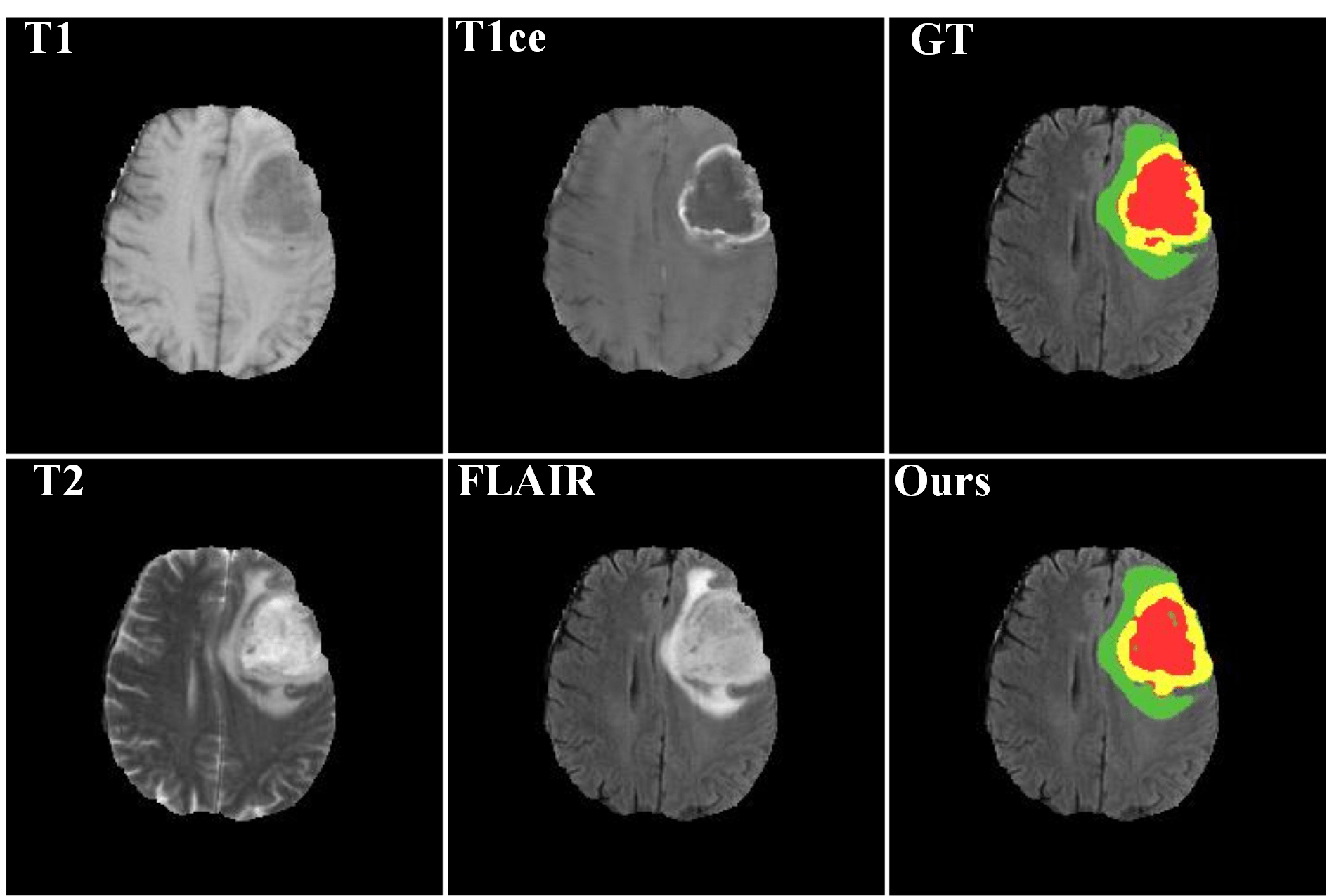Automated segmentation of brain tumors in 3D magnetic resonance imaging plays an active role in tumor diagnosis, progression monitoring and surgery planning. Based on convolutional neural networks, especially fully convolutional networks, previous studies have shown some promising technologies for brain tumor segmentation. However, these approaches lack suitable strategies to incorporate contextual information to deal with local ambiguities, leading to unsatisfactory segmentation outcomes in challenging circumstances. In this work, we propose a novel Context-Aware Network (CANet) with a Hybrid Context Aware Feature Extractor (HCA-FE) and a Context Guided Attentive Conditional Random Field (CG-ACRF) for feature fusion. HCA-FE captures high dimensional and discriminative features with the contexts from both the convolutional space and feature interaction graphs. We adopt the powerful inference ability of probabilistic graphical models to learn hidden feature maps, and then use CG-ACRF to fuse the features of different contexts. We evaluate our proposed method on publicly accessible brain tumor segmentation datasets BRATS2017 and BRATS2018 against several state-of-the-art approaches using different segmentation metrics. The experimental results show that the proposed algorithm has better or competitive performance, compared to the standard approaches.
翻译:在3D磁共振成像中,脑肿瘤的自动分解在肿瘤诊断、进展监测和手术规划方面发挥着积极作用。根据进化神经网络,特别是全面进化网络,以往的研究显示,有一些有希望的脑肿瘤分解技术。然而,这些方法缺乏适当的战略,无法将背景信息纳入处理局部模糊问题,导致在具有挑战性的情况下产生不令人满意的分解结果。在这项工作中,我们提议建立一个新型的“环境软件网络”,其中含有一种复合环境认知特征提取器(HCA-FE)和一种用于特征融合的“环境引导加速加速随机场(CG-ACRF)”。HCA-FE捕捉了来自进化空间和特征互动图中环境的高维度和歧视性特征特征特征特征特征。我们采用了概率图形模型的强大推论能力,以学习隐藏的地貌图,然后使用CG-ACRFRF将不同环境的特征融合起来。我们评估了关于公众可访问的脑分解数据集 BRATS2017 和BRATS2018的拟议方法, 相对于若干州级的实验性算法或比较标准算法展示了不同的实验性结果。

